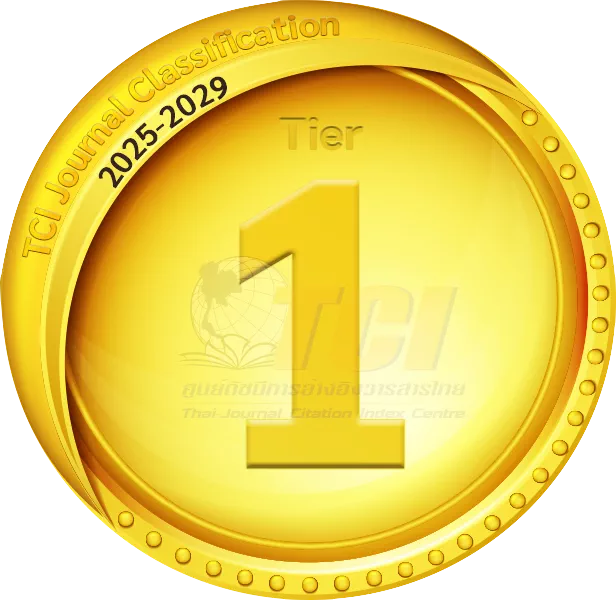Developing a Mathematics Achievement Test for Gifted Mathematics Student in Grade 10 by Using Higher Level of Thinking Processes
Keywords:
A Mathematics Achievement Test, Gifted Mathematics Student, Higher Level of Thinking ProcessesAbstract
The objectives of this dissertation were (1) to develop a mathematics achievement test for gifted mathematics student in grade 10 by using higher level of thinking processes, and (2) to assess the mathematics ability of gifted mathematics student. The samples were 241 grade 10 students of a government secondary school studying in science and mathematics specialized program. The mathematics achievement test for gifted mathematics student by using higher level of thinking processes was composed of 28 items including 25 gap-filling items, designed in the cross-dimensional test, (content dimension x process dimension) and 3 essay-typed questions. The test was implemented by computers.
The researching findings were summarized as follows:
- 40 criteria were developed including 28 criteria for item interpretation, 5 criteria for content, 5 criteria for process, 1 criterion for advanced thinking skills and 1 criterion for mathematics ability.
- The assessment results in terms of advanced thinking skill were found out that 58.09 percent of the samples were extremely gifted, and 12.03 percent of the samples did not indicate any mathematics talent.
- The assessment results in terms of mathematics ability were found out that 2.90 percent of the samples showed the extreme ability; 31.12 percent of the samples showed the exceptional ability; 39.83 percent of the samples showed the high ability; 14.11 percent of the samples showed the moderate ability; and 12.03 percent of the samples showed the mild ability.
Downloads
How to Cite
Issue
Section
License
The submitting author warrants that the submission is original and that she/he is the author of the submission together with the named co-authors; to the extend the submission incorporates text passages, figures, data, or other material from the work of others, the submitting author has obtained any necessary permission.
Articles in this journal are published under the Creative Commons Attribution License (CC-BY What does this mean?). This is to get more legal certainty about what readers can do with published articles, and thus a wider dissemination and archiving, which in turn makes publishing with this journal more valuable for you, the authors.



